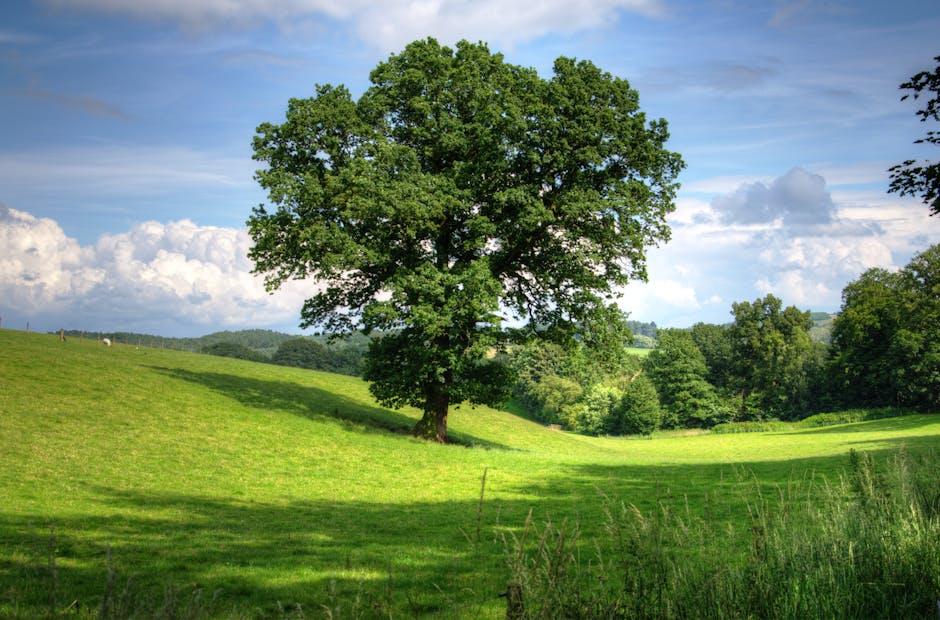Trees in Ancient Civilizations

Trees have been a vital part of human civilization since ancient times, providing food, shelter, and medicine. In this article, we will explore the significance of trees in various ancient civilizations and how they were revered, worshipped, and utilized in daily life. From the sacred groves of the ancient Greeks to the religious symbolism of the Egyptians, trees held special importance in shaping the cultures and traditions of our ancestors. Join us as we delve into the rich history of trees in ancient civilizations.
Throughout ancient civilizations, trees played a significant role in various aspects of society, from religious practices to art and literature. Trees were revered and respected for their beauty, strength, and life-giving properties.
In many ancient cultures, trees were used in religious ceremonies and rituals as symbols of fertility, rebirth, and spiritual connection. They were often seen as sacred beings that connected the earth to the heavens. Trees were also central to creation myths and were believed to hold the wisdom of the gods.
Ancient societies practiced sustainable methods of tree cultivation, ensuring that forests remained healthy and abundant for future generations. Deforestation was understood to have negative consequences on the environment, leading to soil erosion, loss of biodiversity, and ultimately the downfall of civilizations. It is evident that trees were not just a physical presence in ancient societies, but a spiritual and ecological force that shaped their cultures and beliefs.
Q&A
Q: What role did trees play in ancient civilizations?
A: Trees held significant cultural, spiritual, and practical importance in ancient civilizations.
Q: How were trees viewed in ancient religions and belief systems?
A: Trees were often worshipped and seen as sacred symbols in various ancient religions and belief systems.
Q: What practical uses did ancient civilizations have for trees?
A: Ancient civilizations used trees for building materials, fuel, medicine, and food sources.
Q: How did ancient civilizations incorporate trees into their art and architecture?
A: Trees were commonly depicted in ancient art, and their wood was used in the construction of temples, palaces, and other structures.
Q: Can you provide examples of specific trees that were revered in ancient civilizations?
A: The cedar tree was highly revered in ancient Mesopotamia and Egypt, while the oak tree held special significance in Celtic and Norse cultures.
Q: How have modern understanding and appreciation of trees been influenced by ancient civilizations?
A: Modern understanding and appreciation of trees have been influenced by the deep respect and reverence that ancient civilizations had for these important natural resources.
Conclusion
In conclusion, the presence of trees held significant importance in the ancient civilizations across the world. From providing food and shelter to symbolizing strength and resilience, trees were deeply intertwined with the cultural and spiritual beliefs of these ancient societies. By studying the roles and beliefs surrounding trees in ancient civilizations, we can gain insights into the values and practices of these early cultures. As we continue to appreciate and protect our forests today, it is important to remember the enduring legacy of trees in shaping our past and present societies.
Simpsons Tree Services, Servicing Melbourne’s North Eastern Suburbs
Book a quote online at www.simpsonstrees.com.au


